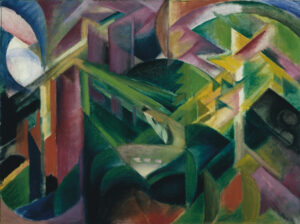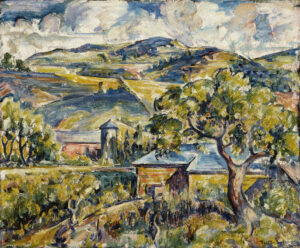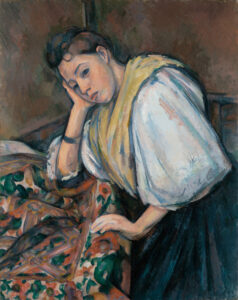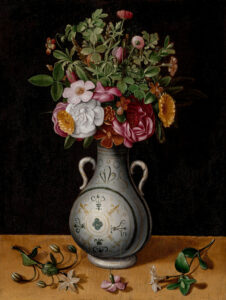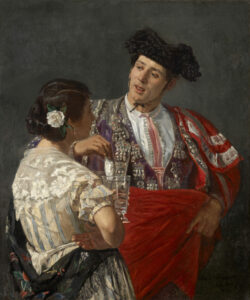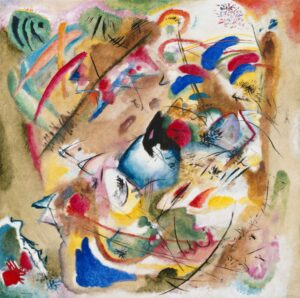
In this remarkable portrait of José Costa y Bonells (known as Pepito), Goya captures aristocratic childhood suspended in a moment of solemn innocence.
The young boy stands with precocious dignity, dressed in an immaculately white military costume that contrasts masterfully with his sumptuous green velvet jacket adorned with gold embellishments.
The artist, with his characteristic brushwork, conveys childhood’s fragility through a gaze filled with unsettling gravity. The martial toys surrounding him—a rocking horse, drum, and suggested bayonet—form a disturbing allegory in war-torn Spain. The muted background palette accentuates the child’s luminous figure. This work transcends a mere commissioned portrait to become a poignant meditation on innocence confronted with historical violence.
Further Information
- José Costa y Bonells (d. 1870), called Pepito, by Francisco de Goya y Lucientes, ca. 1810
- 41 3/8 x 33 1/4 in. (105.1 x 84.5 cm)
- The Metropolitan Museum of Art, Fifth Avenue, New York, Gallery 641
- https://www.metmuseum.org/art/collection/search/436546
Francisco de Goya y Lucientes (1746-1828) was at a pivotal point in his career when he painted this portrait around 1810. A court painter who became a clear-eyed witness to the atrocities of his time, Goya had already lost his hearing from a serious illness and was developing an increasingly dark and critical vision of Spanish society. Having survived the Napoleonic occupation, he maintained complex relationships with Madrid’s elite, as evidenced by this commission for the Costa-Bonells family, connected to both royal power and his prestigious patrons, the Dukes of Alba. Created during the Spanish War of Independence (1808-1814), this portrait anticipates the more tormented works of his “Black Paintings” period while maintaining the technical mastery and psychological depth that established Goya as one of history’s greatest portraitists.

